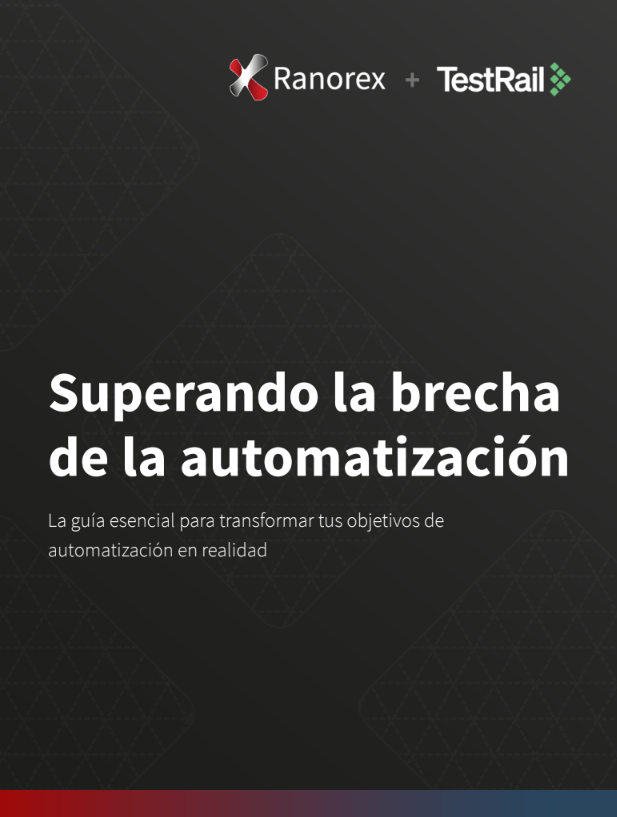
Test automation has been around for decades. Mature frameworks, advanced tools, and modern methodologies promise faster release cycles and higher quality software. Yet QA and development teams still face a pressing reality: the test automation gap.
This gap is the difference between the percentage of tests organizations want to automate and what they actually achieve. Industry reports show that although companies aim for 63% automation by 2025, real automation rates have stagnated at around 40% for over five years.
Current state: promises vs. reality
Most teams prioritize regression and functional tests, since they are repetitive and time-consuming. Automating them saves hours and allows testers to focus on analytical tasks. But usability, accessibility, and compliance testing still rely heavily on human judgment.
Moreover, only one-third of teams use CI/CD pipelines integrated with automated tests, which means most organizations still depend on manual runs that slow down releases and limit early defect detection.
Key obstacles holding teams back
- Skill gaps: many testers lack programming knowledge, while automation engineers are in high demand.
- Complex applications: microservices, distributed systems, and cloud architectures increase testing complexity.
- Tool fragmentation: isolated tools prevent centralized management and visibility.
- Time and resource constraints: fast-paced release cycles leave little room for maintaining automation scripts.
- Unstable tests: small UI changes often break test scripts, reducing confidence.
- Lack of executive support: without measurable ROI, leadership hesitates to invest.
Strategies to close the gap
- Continuous training: certifications and internal training embed learning into workflows.
- Cross-team collaboration: pairing manual testers with automation engineers combines product intuition with technical expertise.
- Centralized test management: platforms like TestRail and Ranorex improve traceability and visibility.
- Designing resilient tests: use explicit waits, clean environments, and stable selectors.
- Leveraging AI: AI can generate test cases, detect coverage gaps, and reduce manual maintenance.
- Building a sustainable strategy: applying the test automation pyramid ensures balance across unit, API, integration, and UI testing.
The future of automation: AI, DevOps, and shift-left
The industry is moving toward AI-driven automation with self-healing scripts and predictive test generation.
Shift-left testing—starting testing earlier in the development cycle—reduces costs and accelerates feedback.
Finally, tighter integration with DevOps enables continuous feedback loops, faster releases, and stronger collaboration across teams.
Conclusion
The test automation gap is a persistent challenge, but not an impossible one. With the right training, tools, and strategies, teams can accelerate delivery, reduce defects, and improve quality.
The future is not about automating more tests, but about automating smarter.




